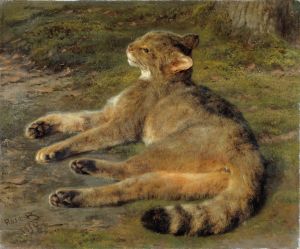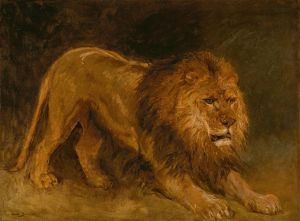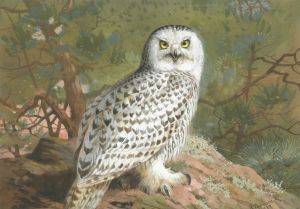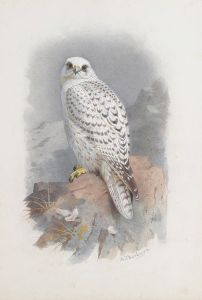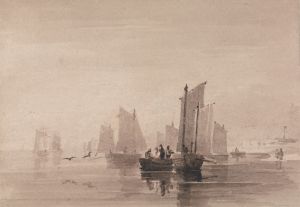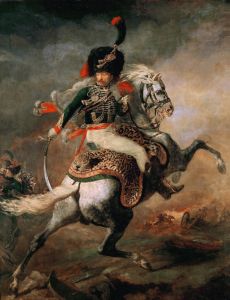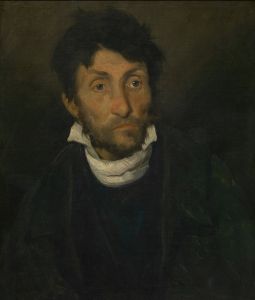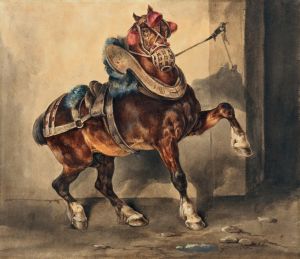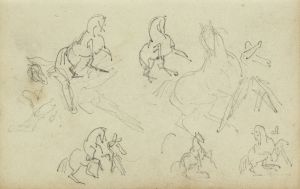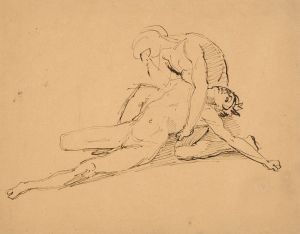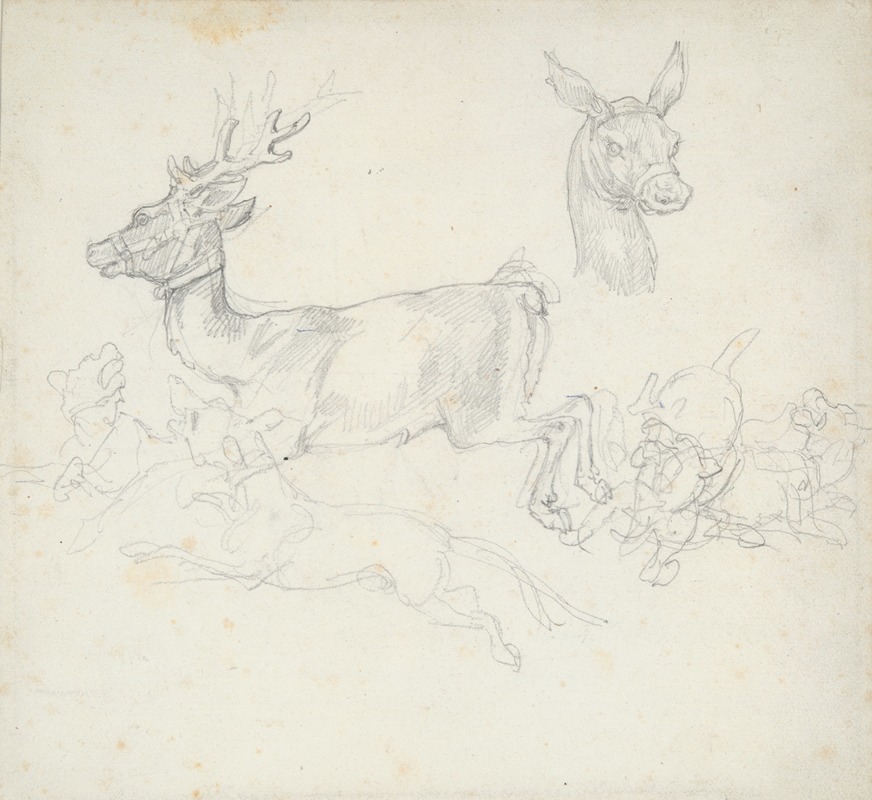
Study of Deer Chased by Dogs, Doe’s Head
A hand-painted replica of Théodore Géricault’s masterpiece Study of Deer Chased by Dogs, Doe’s Head, meticulously crafted by professional artists to capture the true essence of the original. Each piece is created with museum-quality canvas and rare mineral pigments, carefully painted by experienced artists with delicate brushstrokes and rich, layered colors to perfectly recreate the texture of the original artwork. Unlike machine-printed reproductions, this hand-painted version brings the painting to life, infused with the artist’s emotions and skill in every stroke. Whether for personal collection or home decoration, it instantly elevates the artistic atmosphere of any space.
Théodore Géricault, a prominent French Romantic painter, is best known for his dynamic compositions and intense emotional expressions. Among his lesser-known works is "Study of Deer Chased by Dogs, Doe’s Head," which exemplifies his fascination with movement and the natural world. This study is a testament to Géricault's keen observational skills and his ability to capture the raw energy of nature.
Géricault was born in 1791 in Rouen, France, and he became a pivotal figure in the Romantic movement. His most famous work, "The Raft of the Medusa," showcases his interest in dramatic themes and human struggle. However, Géricault also had a profound interest in animals, which is evident in several of his studies and paintings. His works often reflect a deep understanding of anatomy and movement, likely influenced by his studies of horses and other animals.
"Study of Deer Chased by Dogs, Doe’s Head" is a work that highlights Géricault's skill in depicting animals in motion. Although specific details about the creation of this study are scarce, it is consistent with his other animal studies, which often served as preparatory works for larger compositions or as exercises in capturing the essence of movement. This particular study likely served as a means for Géricault to explore the dynamics of a chase, a theme that aligns with the Romantic fascination with nature's untamed and often violent aspects.
The composition of "Study of Deer Chased by Dogs, Doe’s Head" is characterized by its focus on the tension and urgency of the chase. Géricault's use of line and form conveys the speed and desperation of the deer as it attempts to escape its pursuers. The depiction of the doe's head, in particular, is rendered with attention to detail, capturing the animal's alertness and fear. This focus on the emotional state of the animals is a hallmark of Géricault's work, reflecting his interest in the psychological as well as the physical aspects of his subjects.
Géricault's studies of animals were not merely academic exercises; they were integral to his artistic process and his exploration of Romantic themes. His ability to convey the vitality and emotion of his subjects has left a lasting impact on the art world, influencing subsequent generations of artists. Although "Study of Deer Chased by Dogs, Doe’s Head" may not be as widely recognized as some of his other works, it remains an important example of his skill and artistic vision.
In summary, "Study of Deer Chased by Dogs, Doe’s Head" by Théodore Géricault is a compelling study that reflects the artist's mastery of movement and emotion. Through this work, Géricault captures the drama and intensity of a natural chase, showcasing his ability to blend anatomical precision with expressive power. This study, like many of Géricault's works, continues to be appreciated for its contribution to the Romantic movement and its enduring influence on the portrayal of animals in art.







